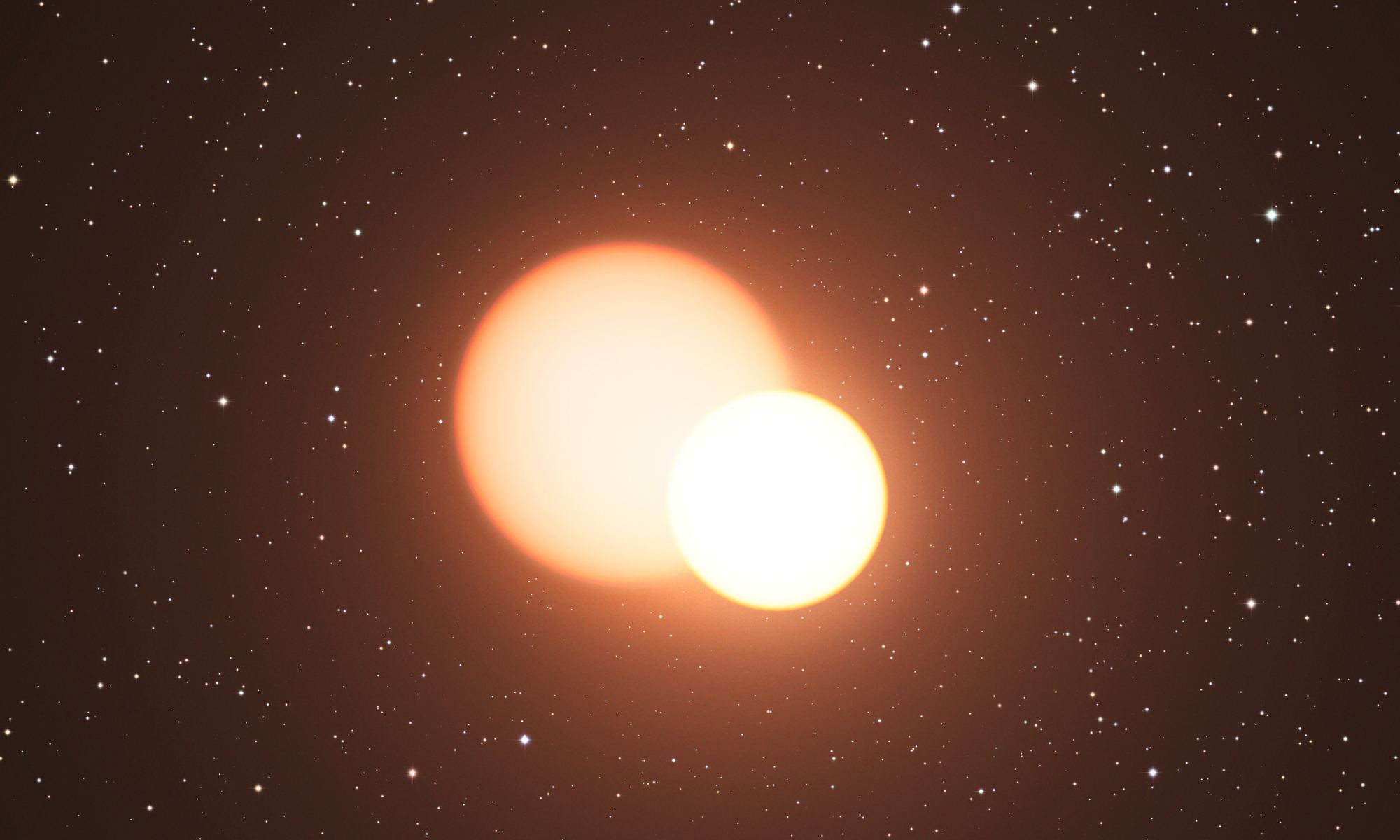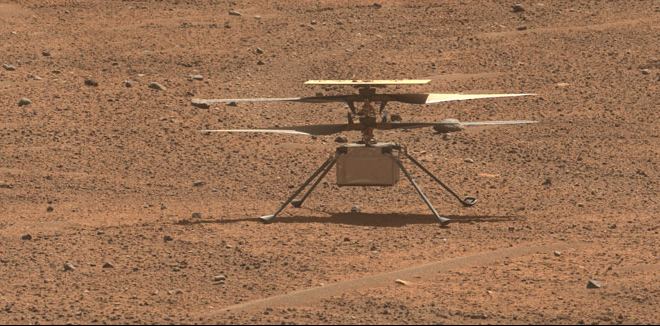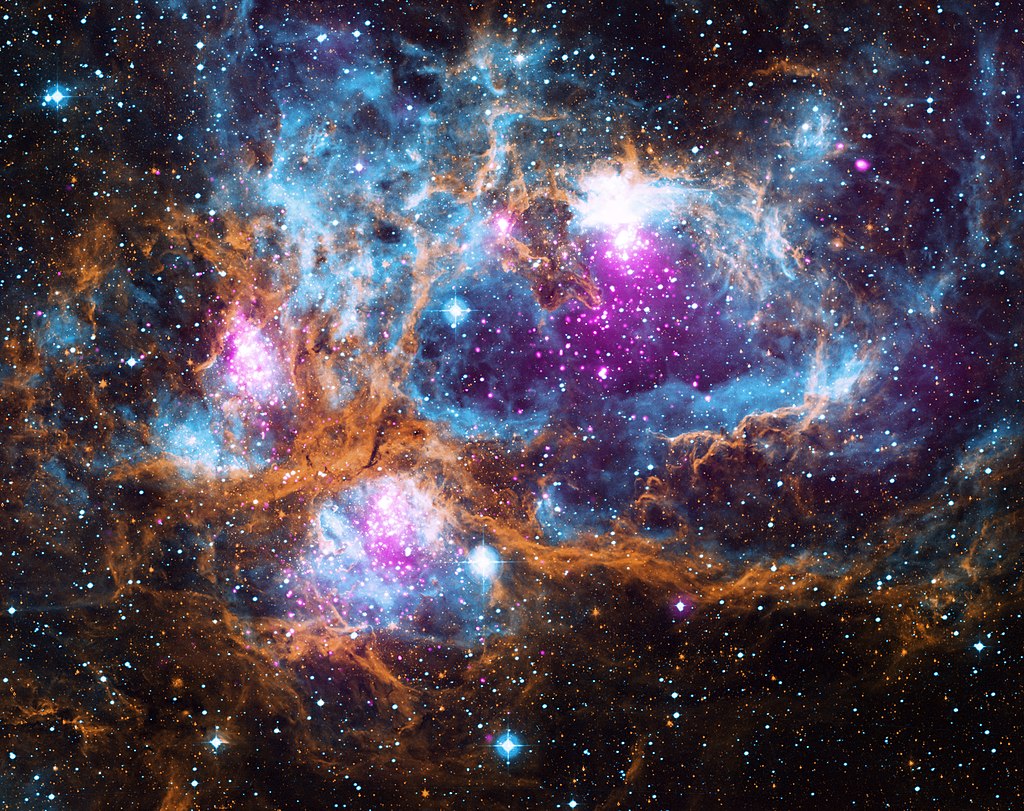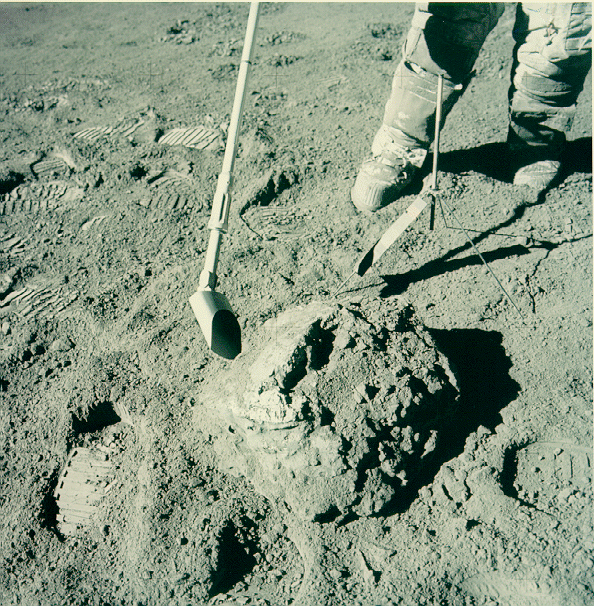It’s a fact that many of us have churned out during public engagement events; that at least 50% of all stars are part of binary star systems. Some of them are simply stunning to look at, others present headaches with complex orbits in multiple star systems. Now it seems wide binary stars are starting to shake the foundations of physics as they question the very theory of gravity.
Continue reading “Will Wide Binaries Be the End of MOND?”Does Betelgeuse Even Rotate? Maybe Not
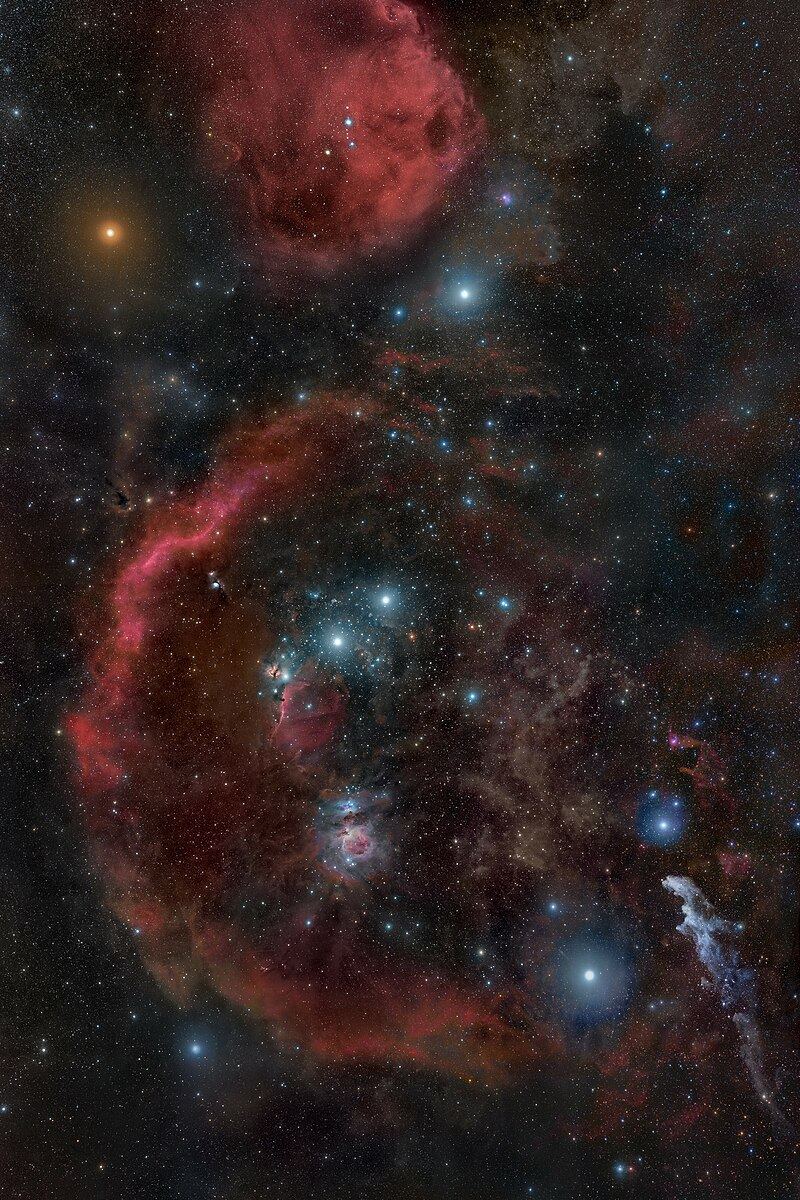
Betelgeuse is the well known red giant star in the corner of Orion the hunter. The name translated in some languages means ‘armpit of the giant’ which I think of all the star names, is simply the best! Betelgeuse has been fascinating observers of late not only because it unexpectedly faded a few years ago but more recently a study shows it’s super fast rotational speed which is, when compared to other supergiants, is like nothing seen before.
Continue reading “Does Betelgeuse Even Rotate? Maybe Not”We Should Hit Peak Solar Activity Next Year
You may be familiar with the solar cycle that follows a 22 year process shifting from solar minimum to maximum and back again. It’s a cycle that has been observed for centuries yet predicting its peak has been somewhat challenging. The Sun’s current cycle is approaching maximum activity which brings with it higher numbers of sunspots on its surface, more flares and more coronal mass ejections. A team from India now believe they have discovered a new element of the Sun’s magnetic field allowing them to predict the peak will occur early in 2024.
Continue reading “We Should Hit Peak Solar Activity Next Year”Telescopes Didn’t Always Play Nicely with Each Other. That’s About to Change
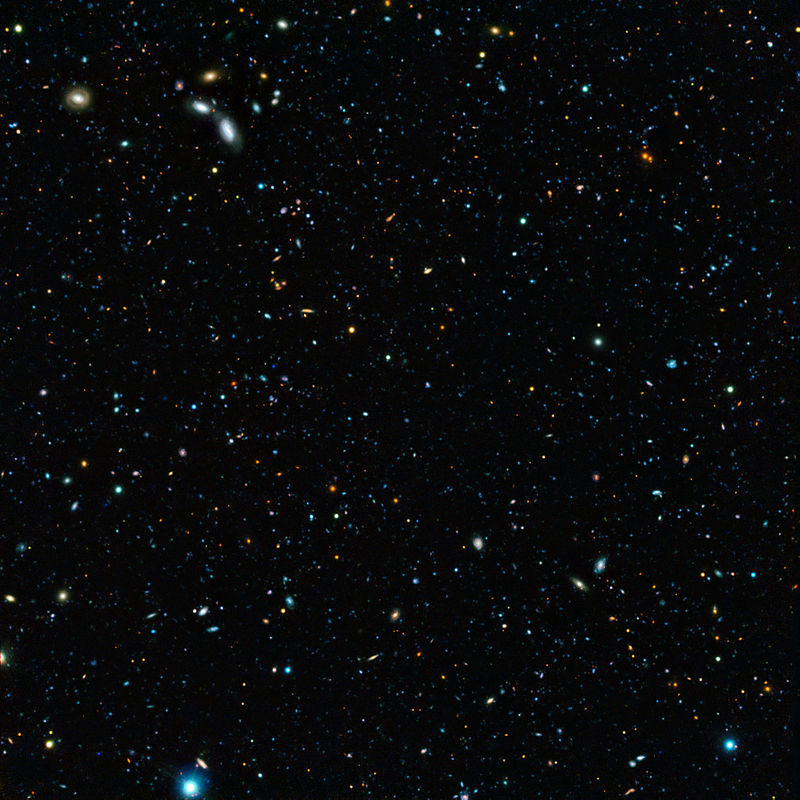
Those readers who have dabbled with astronomical imaging will be familiar with the technique of taking multiple images and then stacking them together to improve the strength of the signal, yielding better images. Taking this technique further many research projects require date of the same object spanning longer time frames than a nights observing. This data is usually captured from different locations and under different conditions. The problem has been matching the observations across all these survey runs. Researchers have shared a new approach to calculate if separate images of the same object will yield additional signals or just generate useless noise.
Continue reading “Telescopes Didn’t Always Play Nicely with Each Other. That’s About to Change”A Tiny Quadcopter Could Gather Rocks for China’s Sample Return Mission
Space exploration is always changing. Before February 2021 there had never been a human made craft flying around in the atmosphere of another world (other than rocket propelled landers arriving or departing). The Mars Perseverance rover changed that, carrying with it what can only be described as a drone named Ingenuity. It revolutionised planetary exploration and now, China are getting in on the act with a proposed quadcopter for a Mars sample return mission.
Continue reading “A Tiny Quadcopter Could Gather Rocks for China’s Sample Return Mission”If Warp Drives are Impossible, Maybe Faster Than Light Communication is Still on the Table?
I’m sure many readers of Universe Today are like me, fans of the science fiction genre. From the light sabres of Star Wars to the neuralyzer of Men in Black, science fiction has crazy inventions aplenty and once science fiction writers dream it, scientists and engineers try and create it. Perhaps the holy grail of science fiction creations is the warp drive from Star Trek and it is fair to say that many have tried to work out if it is even possible to travel faster than the speed of light. To date, alas, to no avail but if the warp drive eludes us, what about faster than light communication!
Continue reading “If Warp Drives are Impossible, Maybe Faster Than Light Communication is Still on the Table?”For its Next Trick, Gaia Could Help Detect Background Gravitational Waves in the Universe

Ripples in a pond can be captivating on a nice sunny day as can ripples in the very fabric of space, although the latter are a little harder to observe. Using the highly tuned Gaia probe, a team of astronomers propose that it might just be possible to detect gravitational waves through the disturbance they impart on the movement of asteroids in our Solar System!
Continue reading “For its Next Trick, Gaia Could Help Detect Background Gravitational Waves in the Universe”JWST Reveals Protoplanetary Disks in a Nearby Star Cluster
The Orion Nebula is a favourite among stargazers, certainly one of mine. It’s a giant stellar nebula out of which, hot young stars are forming. Telescopically to the eye it appears as a grey/green haze of wonderment but cameras reveal the true glory of these star forming regions. The Sun was once part of such an object and astronomers have been probing their secrets for decades. Now, a new paper presents the results from a detailed study from the James Webb Space Telescope (JWST) that has been exploring planet forming disks around stars in the Lobster Nebula.
Continue reading “JWST Reveals Protoplanetary Disks in a Nearby Star Cluster”Apollo Samples Contain Hydrogen Hurled from the Sun
According to the U.S. National Academies of Sciences, Engineering, and Medicine, men should drink 3.7litres of water a day and women 2.7litres. Now imagine a crew of three heading to the Moon for a 3 week trip, that’s something of the order of 189 litres of water, that’s about 189 kilograms! Assuming you have to carry all the water rather than recycle some of it longer trips into space with more people are going to be logistically challenging for water carriage alone. Researchers from the U.S. Naval Research Laboratory (NRL) have discovered lunar rocks with hydrogen in them which, when combined with lunar oxygen provide a possibly supply for future explorers.
Continue reading “Apollo Samples Contain Hydrogen Hurled from the Sun”There are Ideal Orbits for Space-Based Interferometers
Ever since the telescope was invented in 1608, astronomers have striven for bigger and better telescopes. When it comes to instruments to observe the sky, bigger really is better whether you are observing faint galaxies or planets a larger collector gives higher resolution and brighter images. A paper recently published looks into different kinds of orbits around Earth which support multiple telescope systems known as interferometers at different orbits.
Continue reading “There are Ideal Orbits for Space-Based Interferometers”
